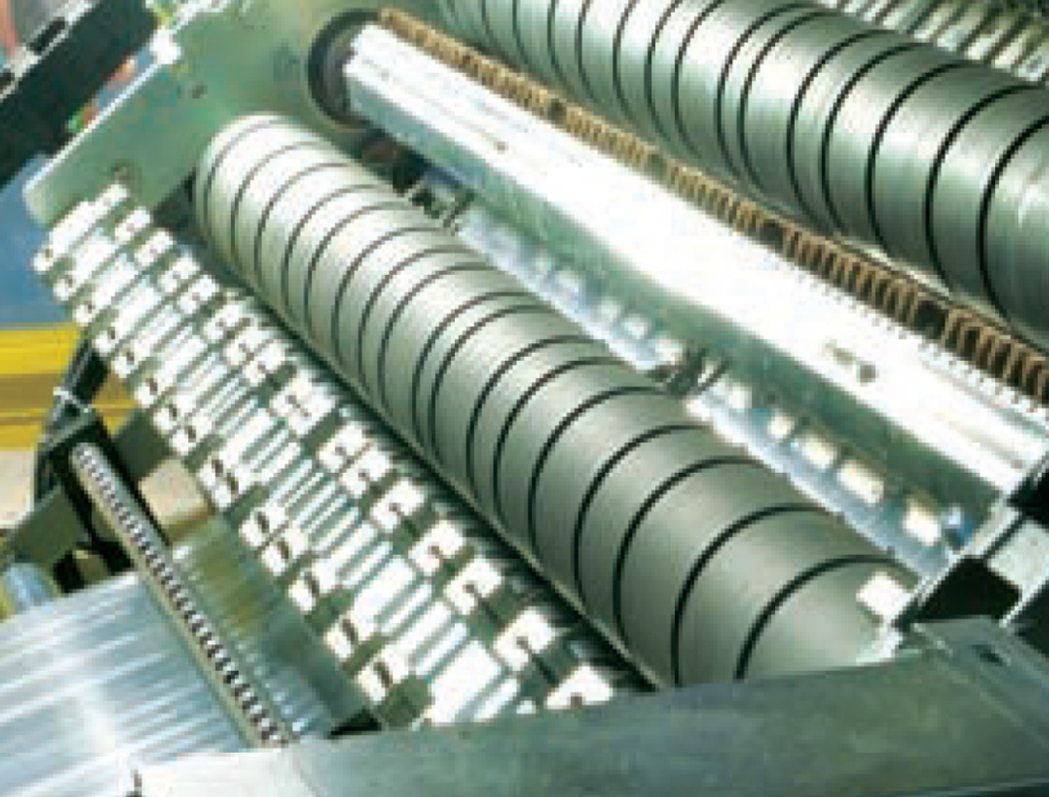
There are many different types of air filters, which are machines that remove airborne particles like dust and grime. Air filters are frequently used in applications with strict air quality requirements or air sensitivity. But there are several filtration techniques available since application needs differ. The industrial, commercial, and medical sectors commonly use ionic, HEPA, carbon, and UV light air filters.
1. Ionic Air Filters
Ionic air filters, also known as air ionizers, use electricity to charge air molecules. Typically, they create anions, which are negatively charged ions that function much like static electricity to attract airborne particles. The anions cause the particles to become deionized, which removes them from the air stream. Commercial air filtration commonly employs ionic air filters.
2. HEPA Filter Types
Sensitive applications prefer HEPA (high-efficiency particulate absorption) filters over ionic air filters because they are stronger and more effective. HEPA filters are exceptionally effective air purifiers because they can eliminate up to 99.97 percent of airborne particles.
Fiberglass fiber mats, which are the main component of the filters, catch particles as an air stream passes past them. The diameter of the fiber and the thickness of the filter have a significant impact on the efficiency of a HEPA filter.
HEPA filters use a variety of techniques to capture particles. As air passes through the filter, they first catch and capture any particles that are in close proximity to a fiber. As the particles directly clash with the fibers and are caught, raising air and bending the air stream can also cause impaction in addition to interception.
The technique of diffusion uses gas collision to segregate the smallest particles, slowing them as they move through the filter and raising the likelihood that they will be caught by a fiber. HEPA filters are widely utilized in the medical industry due to their high level of effectiveness in removing pathogens and preventing contamination. They are commonly employed in clean rooms and extremely sanitized hospital wards.
3. Carbon Air Filters
When carbon is exposed to oxygen, the pores in the carbon are opened, making it much more absorbent. Carbon is said to have been activated as a result of this process because it is easily employed to absorb particles and retain aromas. Carbon air filters may also filter cigarette smoke by using activated carbon to collect toxins and gases.
The activated carbon in the filter absorbs and neutralizes odors and gases as the air travels through it. It is possible to saturate or improve activated carbon in order to absorb particularly offensive fumes.
4. UV Light Air Filter Types
The reaction that takes place when titanium dioxide is exposed to UV light is used in ultraviolet light air filters. Mold and germs are eliminated as dangerous particles, such as the air stream, come into contact with the photochemical reaction.
The majority of carbon-based organic molecules may be broken down by high-intensity UV (240–280 nm), making UV light air filters an excellent complement to HEP filters in medical applications. The length of exposure (how long the air stream is exposed to the light) and the intensity of the light itself determine how effective UV light filters are.
